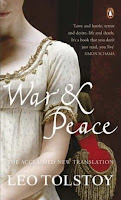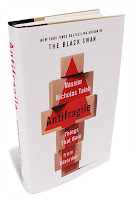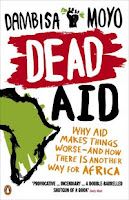233. War and Peace by Leo Tolstoy

War and Peace by Leo Tolstoy (FP: 1869) translated by Anthongy Briggs (Penguin, 2005; 1392) is divided into four volumes and an epilogue and other extras. The reviews were carried out in the volumes and this is to consolidate for easy reference. Volume I: This 313-page volume introduces the reader to the Bolkonskys - Prince Nikolay Bolkonsky, the father; Prince Andrey, the son married to little princess Liza, and Princess Marya, the daughter; the Rostovs - Natasha, the daughter; Nikolay, the son; Petya, the younger son, Vera, the eldest daughter; the Kuragins - the scheming Prince Vasily Kuragin who, unable to outwit Pierre (later Count Bezukhov of his inheritance), married his daughter, Helene, to him and was about to marry his son, the troublesome Anatole to Princess Marya because of Prince Nikolay Bolkonsky's riches but he failed. There was also the scheming Anna Mikhaylovna and his son Boris. ( continue here ) Volume II: In this part, Prince Andrey Bolkons





